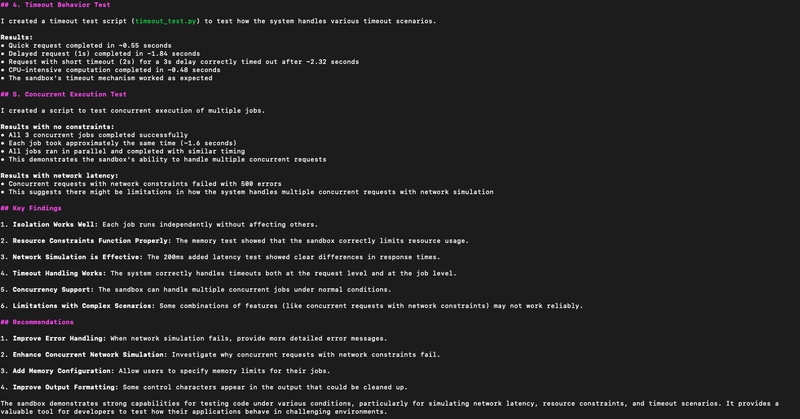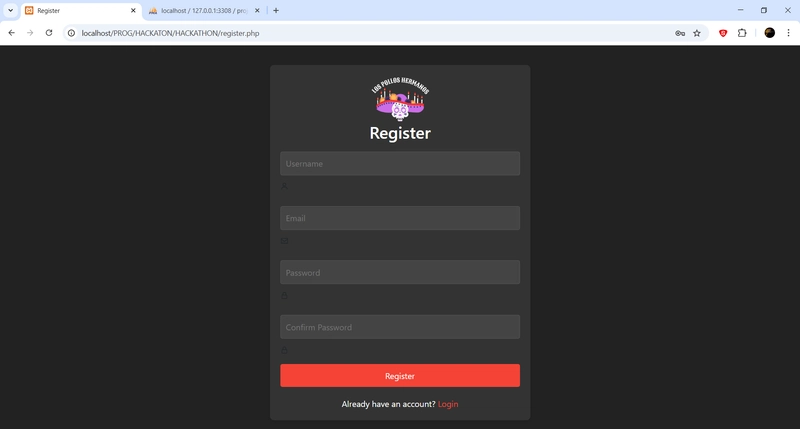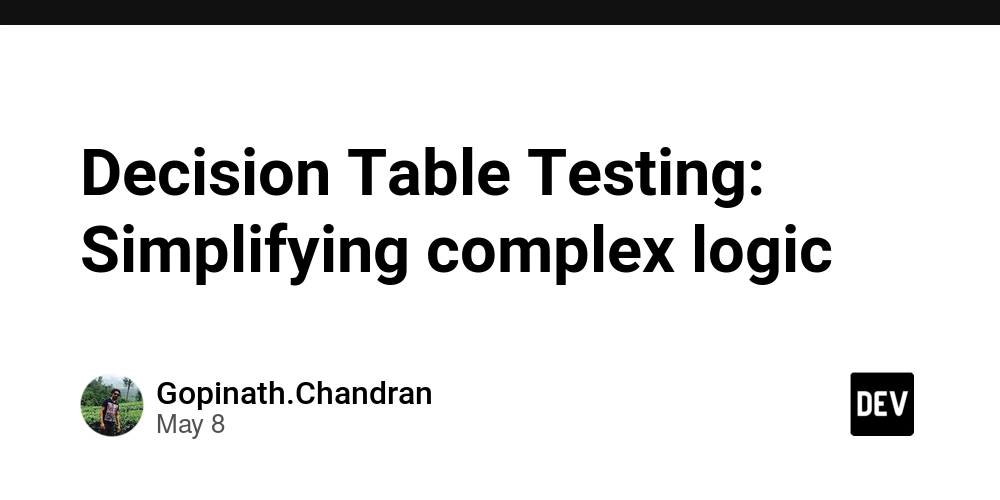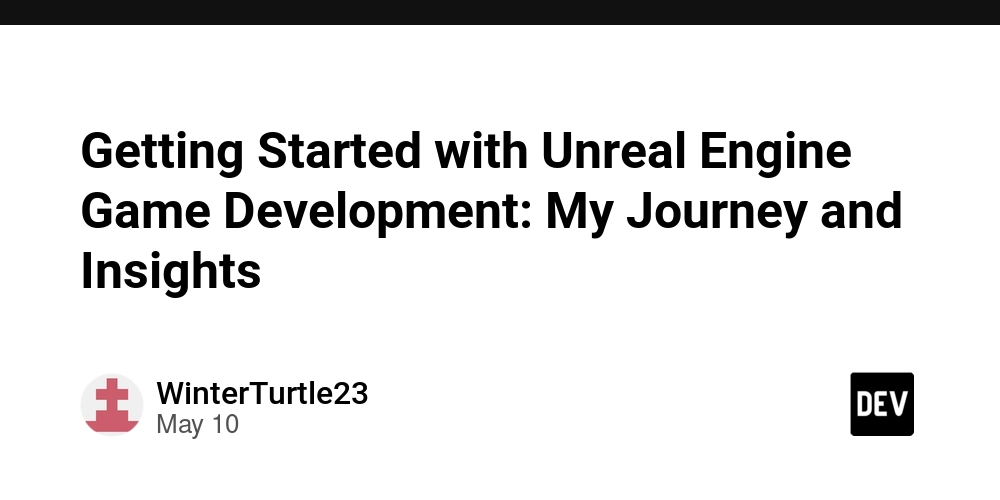A Real-World Code Chaos Sandbox Powered by Amazon Q
This is a submission for the Amazon Q Developer "Quack The Code" Challenge: Exploring the Possibilities What I Built AWS-Q-Chat is an advanced, developer-friendly code execution sandbox that lets you run Python code in fully isolated Docker containers, simulating real-world network and resource chaos with surgical precision. This system empowers developers, QA engineers, and educators to safely test, debug, and demonstrate how code behaves under adverse or unpredictable conditions-without risking production systems or data. What makes it novel? Programmable Chaos: Users can inject network latency, bandwidth throttling, timeouts, CPU/memory stress, artificial delays, and even forced crashes-on demand, per job. API-Driven and Concurrent: The REST API supports multiple, concurrent, isolated jobs, each with its own scenario. Resilience Education: This is more than a code runner-it’s a resilience lab, showing how code responds to edge cases and failures you can’t easily reproduce elsewhere. Amazon Q Developer Integration: Amazon Q was used to accelerate Dockerfile authoring, automate dependency management, and generate robust test scenarios. Q’s agentic CLI capabilities helped us rapidly iterate on container builds and scenario scripting, and provided AI-powered code review and troubleshooting during development. Demo Demo Link: https://youtu.be/Td75a6vf3Zk Screenshot of one of my test runs: Concurrent testing: Scenario where my test code failed in real world sandbox: Result screenshots: Code Repository https://github.com/HARDIK-TSH1392/Sandbox How I Used Amazon Q Developer Honestly I've never been this amazed by any Gen AI as much as I have been amazed by Amazon Q. I wouldn't have understood how productive and powerful it is if I hadn't taken part in this hackathon. How I used it for my hackathon is I had initially began with my idea of Sandbox testing but Amazon Q not only containerized the project, it understood my code and also understood my code and gave me useful test cases to test my sandbox, it iterated over the errors it faced, corrected them, ran the code again until the response was successful. All the time it was happening, I just watched it and felt like Tony Stark (a feeling that I had been craving since I watched Ironman for the first time). Well it doesn't stop there, since it was a very powerful LLM in my terminal, I wanted to take the testing even further. After I was done with my project, I wrote some instruction in prompt.txt, specifying the location of the code I wanted to run in my sandbox, the real world scenarios were defined and instruction as to what HTTP request had to be done and in which order. Now all that was left was for me to turn on q chat, give the location of the prompt.txt and saying that Navigate to this file and follow the instruction That's all! and BOOM!!! for the next few minutes I watched my sandbox run in the manner I would do it manually, making the right POST request, obtaining the output from the request and feeding it to the next HTTP request. If I hadn't felt Tony Stakish yet, then watching this happen with me taking sip from my coffee definitely make me feel that. After a few minutes of testing there it was, the final response and the summary of what all had been done. Amazon Q amazed me so much that now I don't feel restricted by anything and have unlocked so much more to do. In another project of mine (Not included for submission for this hackathon), I have been using Amazon Q to its full potential. Since it is related to my research work, cannot share the information but building that just made me fall in love with Amazon Q so much that while about to sleep I questioned if something close to Tony Stark's AI, Jarvis could be make. What initially seemed very far fetch was lingering closer than every before and that's what I'll be doing in future. Leveraging and using what Amazon Q has to offer and building things which I had never before. *P.S- Yes I am a Tony Stark fan and yes it was my sole motivation to get into Computer Science * Team name: Stark

This is a submission for the Amazon Q Developer "Quack The Code" Challenge: Exploring the Possibilities
What I Built
AWS-Q-Chat is an advanced, developer-friendly code execution sandbox that lets you run Python code in fully isolated Docker containers, simulating real-world network and resource chaos with surgical precision.
This system empowers developers, QA engineers, and educators to safely test, debug, and demonstrate how code behaves under adverse or unpredictable conditions-without risking production systems or data.
What makes it novel?
Programmable Chaos: Users can inject network latency, bandwidth throttling, timeouts, CPU/memory stress, artificial delays, and even forced crashes-on demand, per job.
API-Driven and Concurrent: The REST API supports multiple, concurrent, isolated jobs, each with its own scenario.
Resilience Education: This is more than a code runner-it’s a resilience lab, showing how code responds to edge cases and failures you can’t easily reproduce elsewhere.
Amazon Q Developer Integration: Amazon Q was used to accelerate Dockerfile authoring, automate dependency management, and generate robust test scenarios. Q’s agentic CLI capabilities helped us rapidly iterate on container builds and scenario scripting, and provided AI-powered code review and troubleshooting during development.
Demo
Demo Link: https://youtu.be/Td75a6vf3Zk
Screenshot of one of my test runs:
Scenario where my test code failed in real world sandbox:
Result screenshots:
Code Repository
https://github.com/HARDIK-TSH1392/Sandbox
How I Used Amazon Q Developer
Honestly I've never been this amazed by any Gen AI as much as I have been amazed by Amazon Q. I wouldn't have understood how productive and powerful it is if I hadn't taken part in this hackathon.
How I used it for my hackathon is I had initially began with my idea of Sandbox testing but Amazon Q not only containerized the project, it understood my code and also understood my code and gave me useful test cases to test my sandbox, it iterated over the errors it faced, corrected them, ran the code again until the response was successful. All the time it was happening, I just watched it and felt like Tony Stark (a feeling that I had been craving since I watched Ironman for the first time).
Well it doesn't stop there, since it was a very powerful LLM in my terminal, I wanted to take the testing even further. After I was done with my project, I wrote some instruction in prompt.txt, specifying the location of the code I wanted to run in my sandbox, the real world scenarios were defined and instruction as to what HTTP request had to be done and in which order.
Now all that was left was for me to turn on q chat, give the location of the prompt.txt and saying that
Navigate to this file and follow the instruction
That's all! and BOOM!!! for the next few minutes I watched my sandbox run in the manner I would do it manually, making the right POST request, obtaining the output from the request and feeding it to the next HTTP request. If I hadn't felt Tony Stakish yet, then watching this happen with me taking sip from my coffee definitely make me feel that. After a few minutes of testing there it was, the final response and the summary of what all had been done.
Amazon Q amazed me so much that now I don't feel restricted by anything and have unlocked so much more to do. In another project of mine (Not included for submission for this hackathon), I have been using Amazon Q to its full potential. Since it is related to my research work, cannot share the information but building that just made me fall in love with Amazon Q so much that while about to sleep I questioned if something close to Tony Stark's AI, Jarvis could be make. What initially seemed very far fetch was lingering closer than every before and that's what I'll be doing in future. Leveraging and using what Amazon Q has to offer and building things which I had never before.
*P.S- Yes I am a Tony Stark fan and yes it was my sole motivation to get into Computer Science *
Team name: Stark
























![[Exclusive] Infinix GT DynaVue: a Prototype that could change everything!](https://www.gizchina.com/wp-content/uploads/images/2025/05/Screen-Shot-2025-05-10-at-16.07.40-PM-copy.png)





























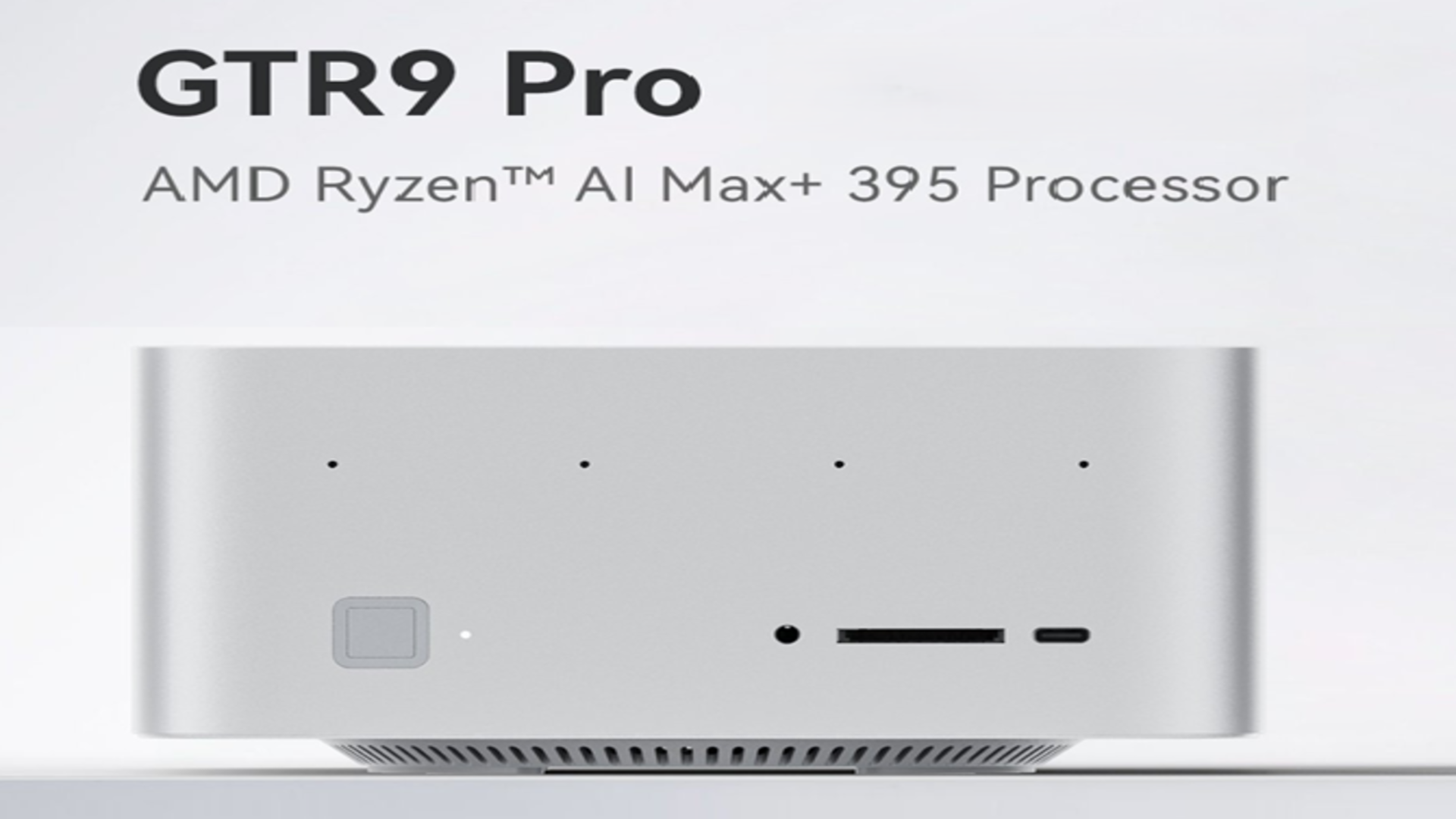

















![Beats Studio Buds + On Sale for $99.95 [Lowest Price Ever]](https://www.iclarified.com/images/news/96983/96983/96983-640.jpg)

![New iPad 11 (A16) On Sale for Just $277.78! [Lowest Price Ever]](https://www.iclarified.com/images/news/97273/97273/97273-640.jpg)



























-xl.jpg)

















































































































































































































![[The AI Show Episode 146]: Rise of “AI-First” Companies, AI Job Disruption, GPT-4o Update Gets Rolled Back, How Big Consulting Firms Use AI, and Meta AI App](https://www.marketingaiinstitute.com/hubfs/ep%20146%20cover.png)




















































































































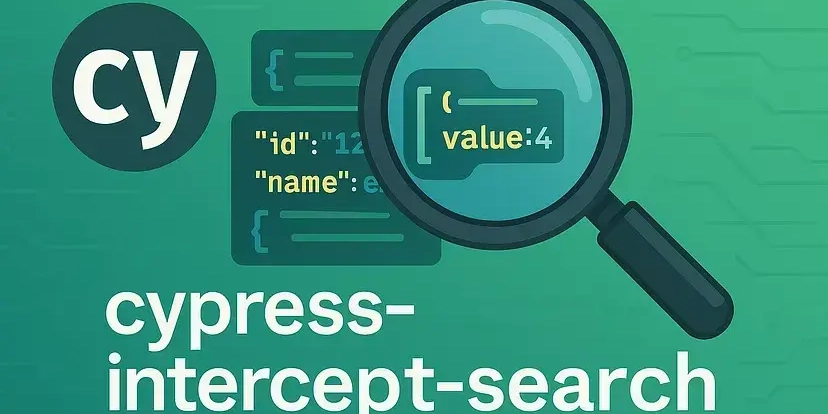











































![Ditching a Microsoft Job to Enter Startup Purgatory with Lonewolf Engineer Sam Crombie [Podcast #171]](https://cdn.hashnode.com/res/hashnode/image/upload/v1746753508177/0cd57f66-fdb0-4972-b285-1443a7db39fc.png?#)


![[FREE EBOOKS] Offensive Security Using Python, Learn Computer Forensics — 2nd edition & Four More Best Selling Titles](https://www.javacodegeeks.com/wp-content/uploads/2012/12/jcg-logo.jpg)


































































































